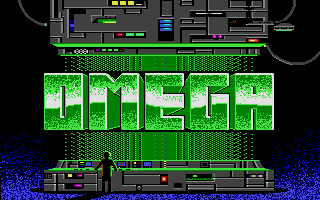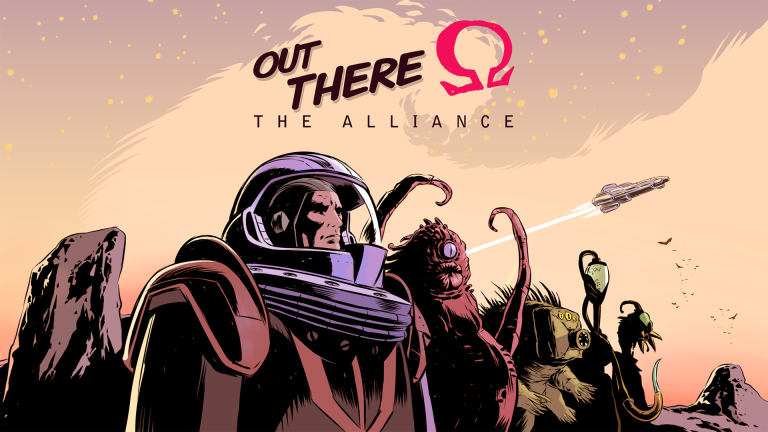


You may want to permanently take over the new ship, especially if it is a better type of ship (larger and/or more efficient), or has useful modules installed on it.Discovered ships have many possible uses: Stars possibly containing abandoned ships can be identified remotely using the Interferometer, which categorizes ships as "Anomalies" (however, "Anomaly" can also possibly mean a Space Station).Ĭlicking on a ship in the star system view allows you to approach it, at which point you have the option to take over the ship (leaving your current ship in its place) and/or move resources between ships. These ships are marked as "Beacon, Abandoned Ship" in the star system view. Other ships will be encountered as the player explores the map. The only exception is the Flea, which is too small and can only fit an Interplanetary Reactor, a Space Folder, and 20 Hydrogen.

In general, the departure ship always has the same starting conffiguration, i.e., it contains the same five core modules and resource stacks as the Nomad. Choosing a better departure ship makes early gameplay much easier. These ships are unlocked when certain objectives are first revealed, and also when each objective is completed. Successfully finishing the game (e.g., completing one of the game objectives) in the Nomad is extremely challenging most players will want to move to a better quality ship as soon as possible.Ī feature introduced in Out There: Alliance is the ability to unlock up to eight alternative departure ships. The departure ship always contains the five core modules ( Drill, Hydrogen Probe, Interplanetary Reactor, Space Folder, and Telescope) and some basic resources (10, 20, and 16 ). The player starts the game in the Nomad, which is a somewhat small ship with unremarkable base ratings.


 0 kommentar(er)
0 kommentar(er)
